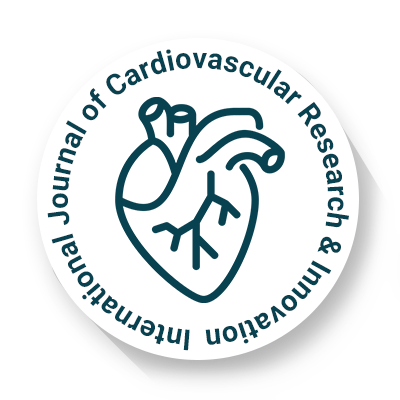
International Journal of Cardiovascular Research & Innovation
OPEN ACCESS

OPEN ACCESS

Department of Biotechnology, Utkal University, Bhubaneshwar, Odisha, India
Three-dimensional (3D) printing has become a transformative technology in cardiac surgery, advancing personalized care and surgical precision. By generating patient-specific anatomical models from imaging data, it provides detailed insights into cardiovascular structures that conventional imaging, such as CT and echocardiography, cannot fully capture. Procedures like transcatheter aortic valve replacement (TAVR) and left atrial appendage occlusion (LAAO) benefit significantly from these models by facilitating preoperative simulations that optimize device selection and minimize surgical risks. In addition to static models, dynamic 3D models have expanded the utility of this technology. With mock circulatory systems replicating blood flow and valve dynamics, these models provide a functional simulation environment, improving the accuracy of surgical planning and device testing. These developments mark a shift toward functional models that bridge the gap between imaging and clinical outcomes. However, the adoption of 3D printing faces challenges, including high production costs, regulatory hurdles, and the need for specialized expertise to design and operate advanced systems. Additionally, the time-consuming nature of printing and post-processing limits its applicability in urgent cases. Further research is needed to develop models that better replicate real-time cardiovascular conditions. Looking ahead, the integration of AI and robotics with 3D printing offers substantial potential. AI automates model generation, reducing time and human error, while robotic systems guided by 3D models enable more precise, minimally invasive interventions. As these technologies evolve, they will further enhance personalized cardiac care, improving surgical outcomes and patient safety. In conclusion, with ongoing innovation, 3D printing is set to become an essential tool in cardiac surgery, driving advancements in planning, education, and patient care.
Department of Biotechnology, Utkal University, Bhubaneshwar, Odisha, India